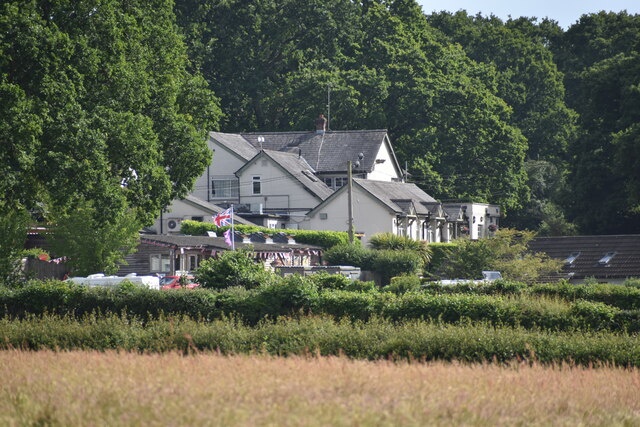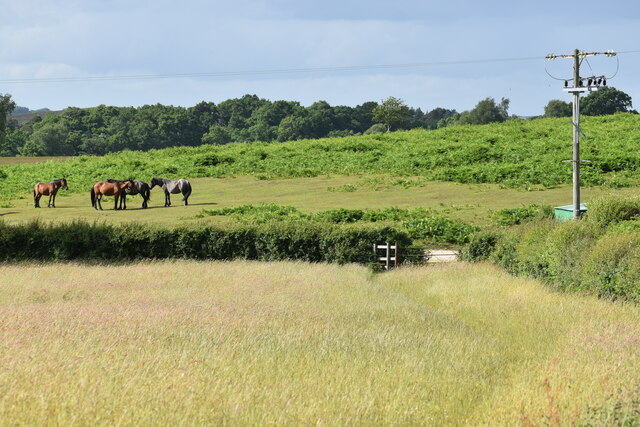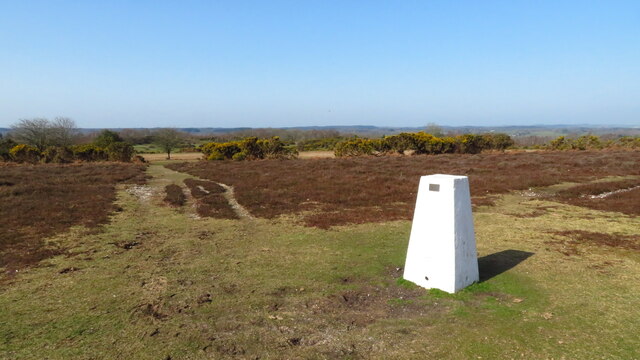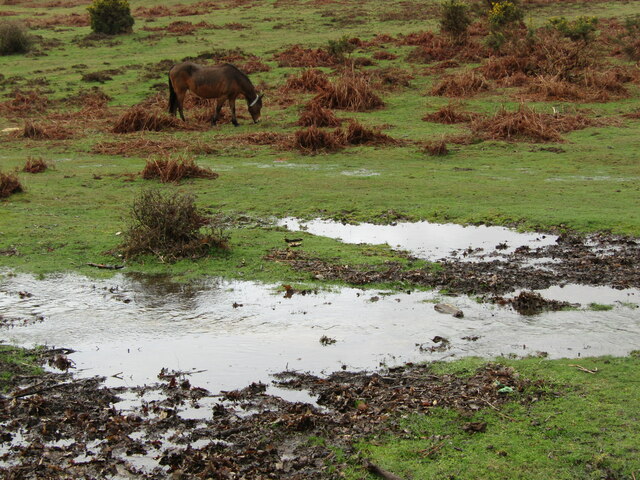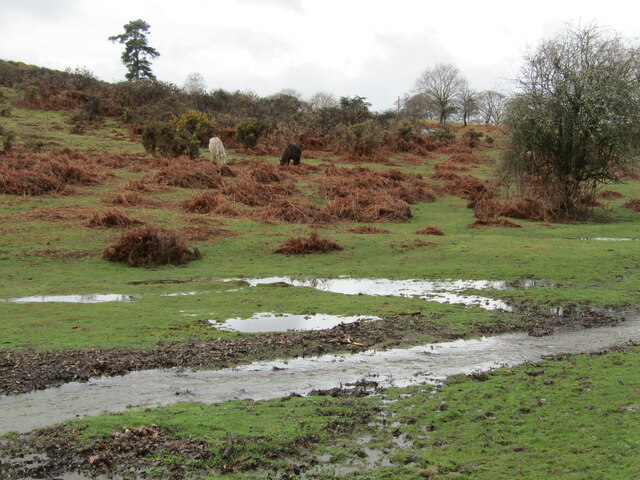Linwood Bog
Coastal Marsh, Saltings in Hampshire New Forest
England
Linwood Bog
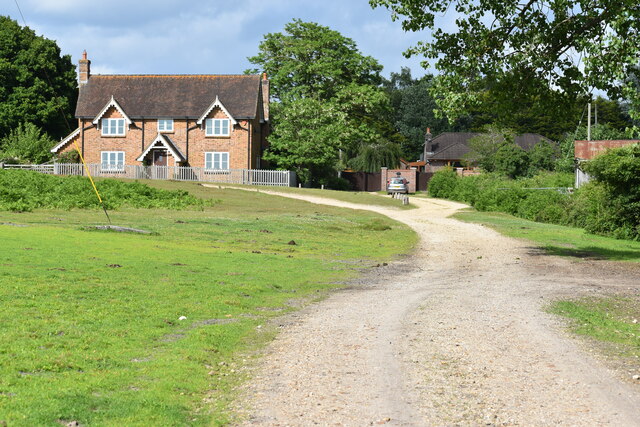
Linwood Bog, located in Hampshire, is a coastal marshland known for its unique ecosystem and diverse plant and animal species. Situated along the Hampshire coast, it is a designated Site of Special Scientific Interest (SSSI) due to its ecological significance.
The bog is characterized by its wet and marshy conditions, which are created by a combination of tidal action and freshwater runoff from surrounding areas. This creates a highly fertile environment, supporting a rich variety of plant life. Linwood Bog is particularly famous for its extensive salt marshes and saltings, which are home to several rare and protected plant species.
The bog's vegetation includes a range of salt-tolerant plants such as samphire, sea lavender, and glasswort, which thrive in the saline conditions. These plants provide vital habitat and food sources for a diverse array of bird species, making Linwood Bog a popular spot for birdwatching enthusiasts. Common sightings include wading birds like curlews, redshanks, and oystercatchers.
In addition to its botanical and avian importance, Linwood Bog also supports various small mammals and reptiles. It is home to several species of amphibians, including the rare natterjack toad, which is a protected species in the UK.
Visitors to Linwood Bog can explore its well-maintained footpaths and enjoy the tranquil surroundings. The site offers picturesque views of the coastal marshes, providing an excellent opportunity to appreciate the beauty of this unique and ecologically significant area.
If you have any feedback on the listing, please let us know in the comments section below.
Linwood Bog Images
Images are sourced within 2km of 50.888822/-1.7453678 or Grid Reference SU1809. Thanks to Geograph Open Source API. All images are credited.











Linwood Bog is located at Grid Ref: SU1809 (Lat: 50.888822, Lng: -1.7453678)
Administrative County: Hampshire
District: New Forest
Police Authority: Hampshire
What 3 Words
///pink.stung.shuttled. Near Fordingbridge, Hampshire
Nearby Locations
Related Wikis
Linwood, Hampshire
Linwood is a hamlet in the New Forest National Park of Hampshire, England. Its nearest town is Ringwood, which lies approximately 4.2 miles (5.9 km) south...
Ellingham, Harbridge and Ibsley
Ellingham, Harbridge and Ibsley is a civil parish in the west of the English county of Hampshire. The population of the civil parish at the 2011 Census...
Furze Hill
Furze Hill (or Furzehill) is a hamlet situated in the New Forest National Park of Hampshire, England. It is in the civil parish of Ellingham, Harbridge...
South Gorley
South Gorley is a hamlet in the New Forest National Park of Hampshire, England. It is in the civil parish of Ellingham, Harbridge and Ibsley. Its nearest...
Mockbeggar, Hampshire
Mockbeggar is a hamlet in the New Forest National Park of Hampshire, England. Its nearest town is Ringwood, which lies approximately 3 miles (5.6 km) south...
Gorley Lynch
Gorley Lynch is a hamlet in the civil parish of Gorley in the New Forest National Park of Hampshire, England. It is in the civil parish of Hyde. Its nearest...
Gorley Hill
Gorley Hill is the site of a former Iron Age promontory hillfort located in Hampshire in the United Kingdom. The fort once occupied the southwestern corner...
Ringwood and Fordingbridge Rural District
Ringwood and Fordingbridge was a rural district in Hampshire from 1932 to 1974.It was formed by the merger of part of the disbanded Christchurch Rural...
Nearby Amenities
Located within 500m of 50.888822,-1.7453678Have you been to Linwood Bog?
Leave your review of Linwood Bog below (or comments, questions and feedback).
